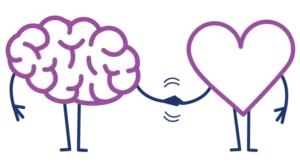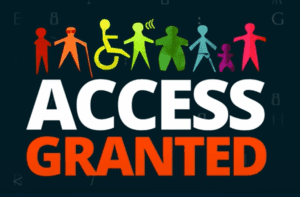
By John Samuel
Machu Picchu is estimated to be about 600 years old. This must-see Peruvian destination wasn’t fully accessible until now. A few months ago, travel company Wheel the World developed the first-ever wheelchair-accessible tour of the ancient Inca trail.
The company was created by two friends, Alvaro Silberstein, who uses a wheelchair, and Camilo Navarro, who does not.
Wheel the World had several issues to resolve before offering accessible tours of Machu Picchu. In a recent CNN Travel interview, Navarro said “Sometimes we get phone calls from national parks saying they want us to come explore the place,” but due to erosion concerns or restrictions set in place to preserve ancient sites, accessibility modification are not always as simple as building a wheelchair ramp. “Accessibility is a matter of being creative.”
As an avid backpacker having trekked the one-day Inca Trail, and summiting Mt. Kilimanjaro, I understand the barriers that many people with disabilities have to overcome when attempting to fulfill such bucket list trips, and the creativity required to make it accessible. These barriers exist both physically and digitally, as we strive to make digital content accessible to everyone.
Digital accessibility refers to the capability of a website, mobile application, or digital document to be easily perceived, operated, and understood by a wide range of users, including those users who have visual, auditory, motor, or cognitive disabilities; the idea is to remove all barriers from the web that inhibit an individual’s access, no matter their abilities.
In the past couple of years, several organizations have come out with an automated accessibility remediation solution that places an overlay on websites claiming to make it more accessible for people using assistive technology. To me, this is like slapping a wheel chair ramp to Machu Picchu – it is just not that simple!
If your aim is to provide a truly accessible experience for all users, it takes both an automated testing solution in addition to a human tester. It is important to include people of all abilities in the testing process, since people perceive, operate, and understand digital content differently. No technology solution alone can replicate this user experience.
So before assuming that the only options for your accessibility issues is to do nothing, or go with an automated remediation overlay software, talk with actual users who use assistive technology and need content to be accessible – you never know what type of creative solutions may come about, just ask Alvaro Silberstein and Camilo Navarro as they wheel around the world!





